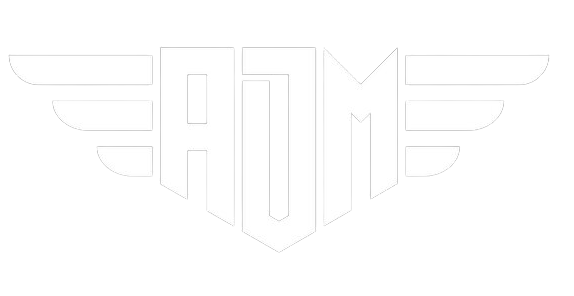
The difference between Cognac and brandy
brandy and Cognac. It’s challenging to navigate the complex web of spirits whose key distillation components are wine and grapes. Some shades are local, but others are national. Depending on the type of raw material utilized, the amount of alcohol present, their history, or other variables, some have various distillation processes and properties.
BRANDY
Alcohol called brandy is created by distilling wine.
Due to its colourful background, it is believed to be among the oldest spirits in the entire globe. The essay’s thorough discussion of the earliest distillers’ experiments with alcoholic distillation utilizing fermented wines. The name is a contraction of the Dutch term Brandywine, which means “burnt wine.” In the 17th century, the Dutch were skilled wine and spirit merchants, bringing products up the Atlantic coast from France to Portugal and sending them on to Britain and the rest of Northern Europe.
Italian brandy has a minimum alcohol concentration of 38% and is often manufactured from Trebbiano or white wine. The term “Brandy” may only describe spirits made in Italy from locally grown and vinified grapes aged for at least six months in 10-hectoliter casks or at least twelve months in oak barrels. To give the brandy its amber colour, it matures in wood or legal flavourings, and colourants are added. Brandy is typically coloured with caramel, and precisely calculated boisé, or oak wood extracts, provide tannin and structure while giving it an aged flavour.
In Bologna, Jean Bouton founded the first brandy-producing company in Italy, which would later become Vecchia Romagna. Bologna will eventually emerge as the nation’s main Brandy-producing center. Due to a bilateral agreement that permitted only brandies manufactured in the Cognac area to use the title, Italian brandy was referred to as Cognac until 1948, much as the most well-known French spirit. The poet Gabriele D’Annunzio came up with the term “isn’t,” which is taken from “agua ardente” or “flaming water,” as a result of names being Italianized during the Fascist period but then abandoned.
COGNAC
The French city of the same name, situated in the Charente wine-producing area north of Bordeaux, is where the alcoholic beverage known as Cognac is produced. At least 90% of the wine needed to create Cognac must come from Ugni Blanc, Colombard, and Folle Blanche grapes, either alone or in combination. The remaining 10% may be made from other grapes, including Montils, Semillon, Jurançon blanc, Blanc Ramé, Select, and Sauvignon. GrandeChampagne, PetiteChampagne, Les Borderies, Le Fins Bois, Le Bons Bois, and Le Bois à Terroirs are the six crus that make up the grape-growing region. There are stringent regulations (Appellation d’Origine Contrôlée) for Cognac.
Cognac is manufactured in two phases and contains 40 degrees of alcohol. The grapes are lightly squeezed before the must is given time to ferment for about a month. A traditional Charentais direct fire still is used for distillation after wine fermentation. In two distinct phases, this discontinuity still produces an extremely alcoholic distillate. Sometimes, the premièrechauffe and bonne chauffe are combined with a process known as maquillages—adding sugar, caramel, or boisé—to extract the Cognac’s essential aromas and increase the alcohol content to enhance the spirit’s pleasantness, amber colour, and body.
